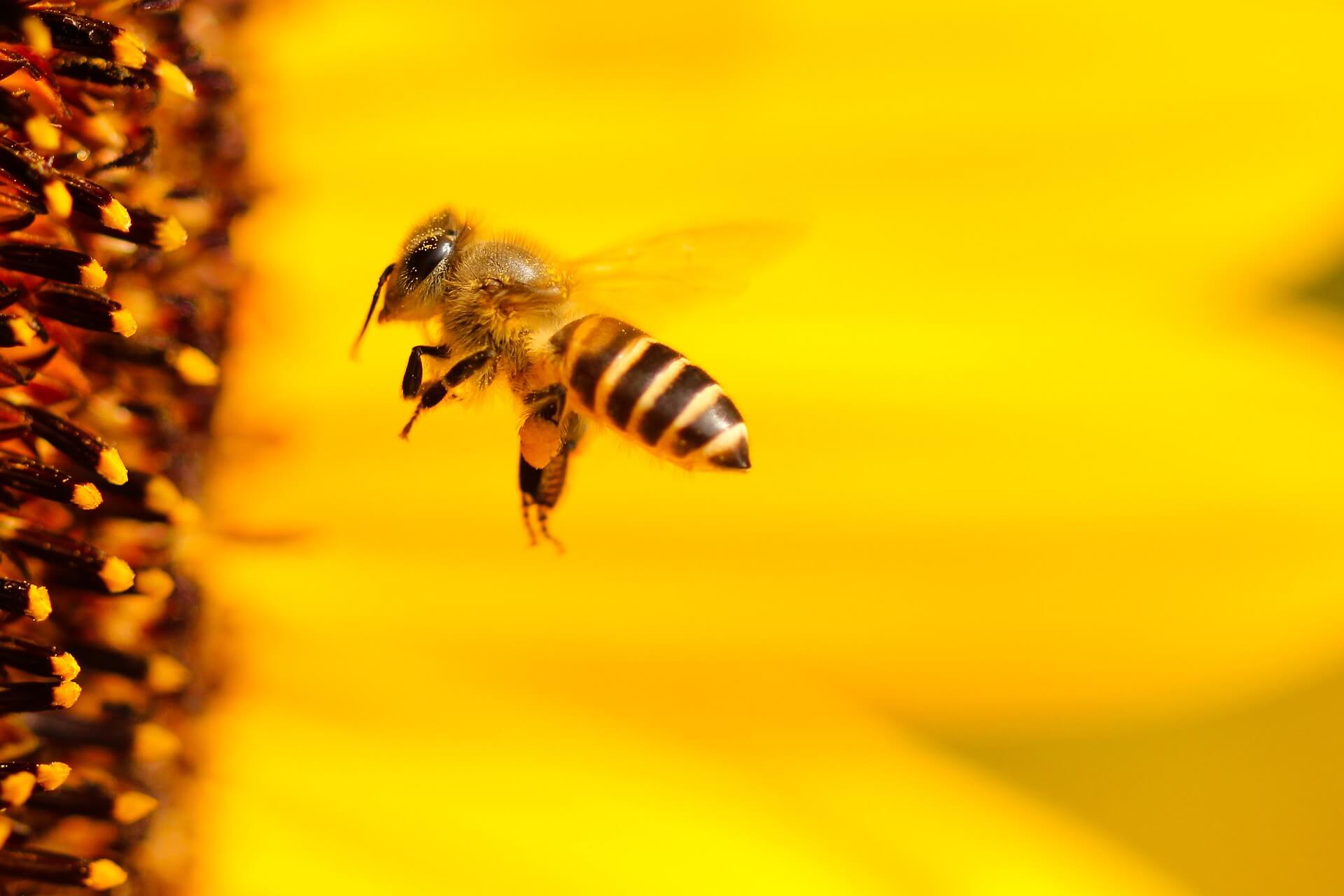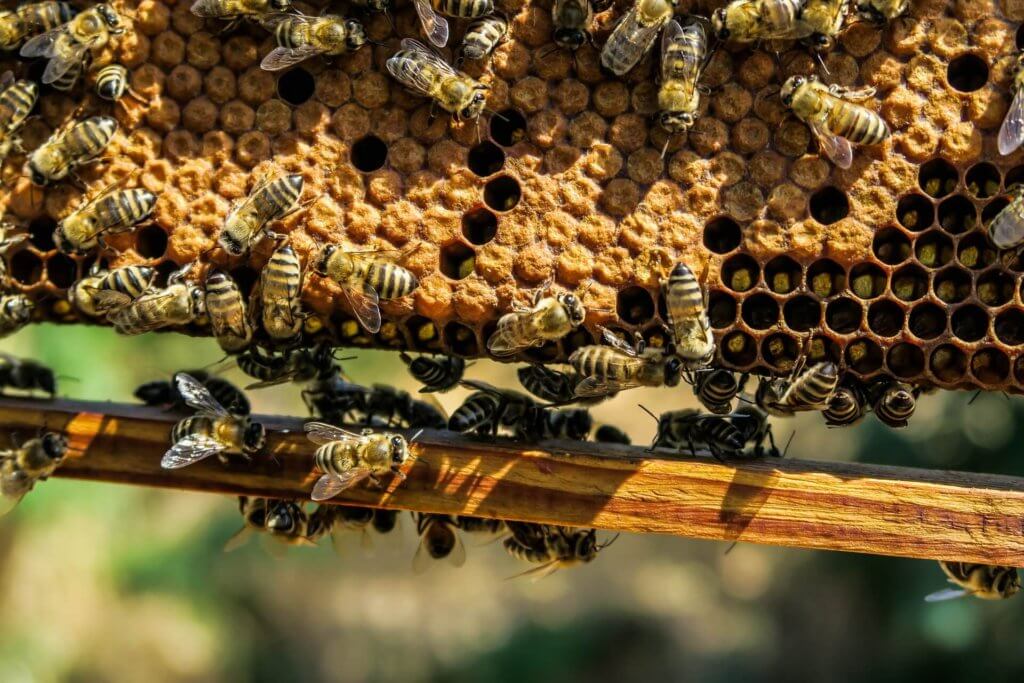I love honey. I especially like it drizzled on Italian cheese and bread. However, I never really appreciated honey until I had a fascinating and informative conversation with Catherine Young (aka Queen Bee) from Backyard Honey Company in Waterloo, Ontario. Here are five facts about bees (of many!) that I learned from Catherine.
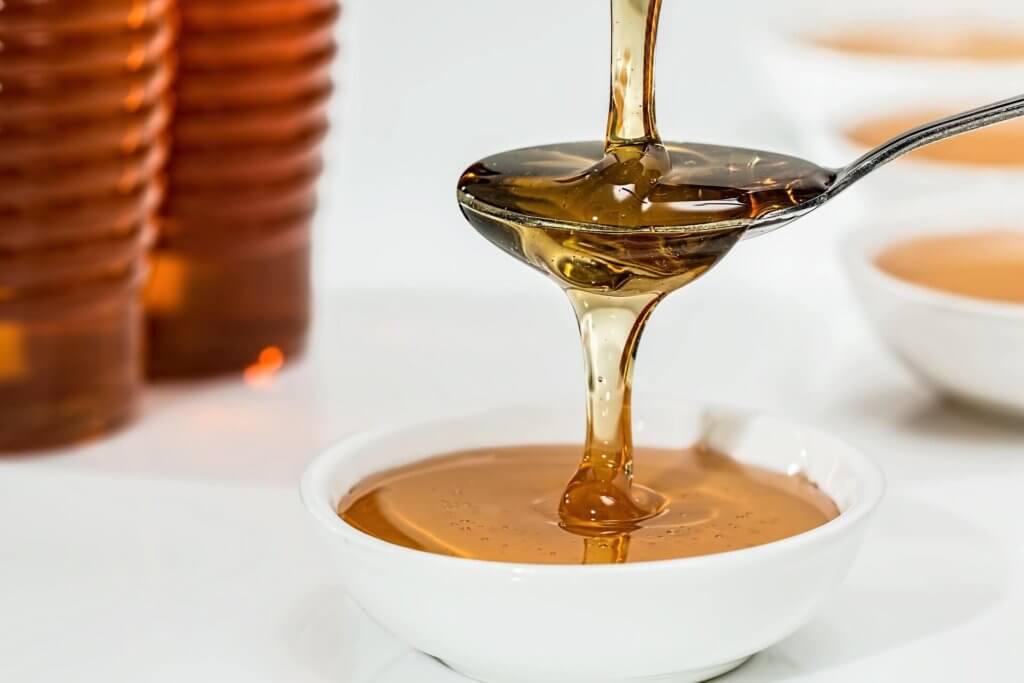
Five Facts About Bees:
- Bee Fact 1: There are over 20,000 species of bees worldwide. Honeybees and bumblebees are familiar species. You may have heard of mason, leaf cutter, and solitary bees as well.
- Bee Fact 2: Bees are a sentinel species, meaning that they can be used to detect risks to humans by providing advance warning of a danger. Similar to the canary in a coal mine concept, honeybees are extremely helpful in giving us a sense of the environmental health of an area – particularly air pollution. The health of a hive is an indicator of the health of the environment within a 5 km radius.
- Bee Fact 3: A bee’s brain is miniscule – the size of a sesame seed. Yet, it is able to learn and remember a vast amount of information about foraging, location and plants. Their brains can also make complex calculations regarding distances travelled.
- Bee Fact 4: Bees produce several products such as bee pollen and royal jelly. Propolis, also known as myrrh in ancient times, fascinated me most of all the products. Bees gather sticky resin from tree buds and bark. Returning to the hive, they use the resin to prevent disease, seal holes and cracks in the hive, and to create doorways. It hardens like cement and makes the hive impenetrable. Most important, Propolis is a wonder substance – it provides antifungal, antibiotic, and antibacterial effects due to the presence of bioflavonoids. It is a rich source of minerals, amino acids, fats, vitamins C and E, provitamin A, and B-complex. Propolis is a great immune system booster, especially if used at the onset of a cold.
- Bee Fact 5: The honeybee population is under serious threat due to pollution, habitat destruction, and pesticides. Without honeybees’ pollination, a number of fruits, vegetables, seeds and nuts will also be threatened, including: apples, cherries, blueberries, avocado, broccoli, most leafy greens, cucumbers, and pumpkins. Almonds would be one of the first crops to disappear. Without bees, almond orchards will produce only one-sixth of their yields.
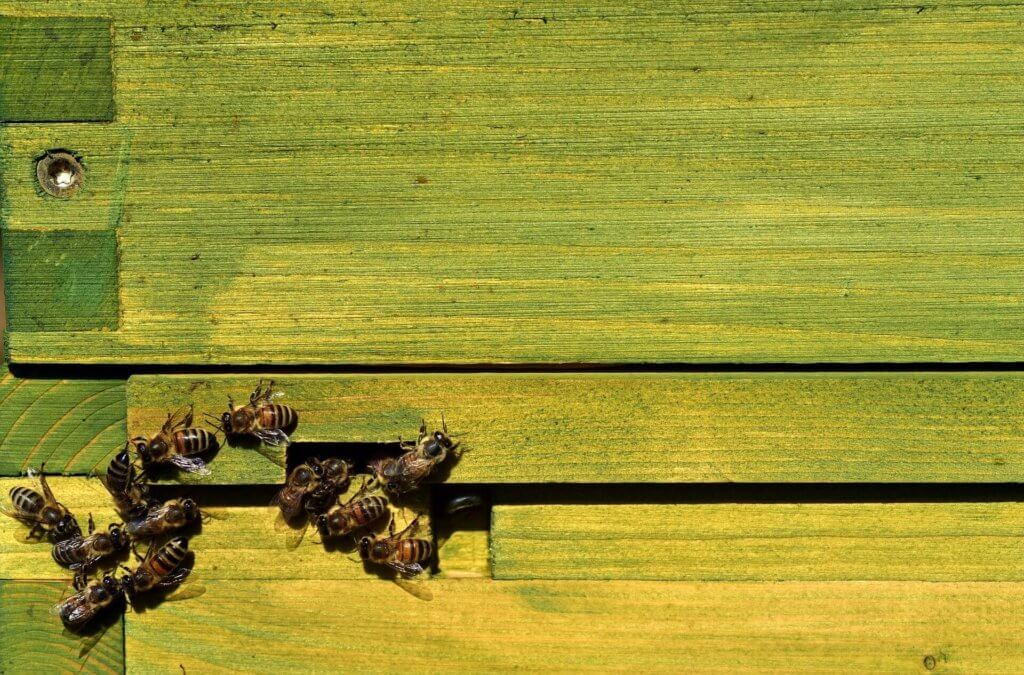
How Can You Help the Bees?
There you have it – five handy facts about bees. There’s a lot more to learn and I encourage you not to stop there. I asked Catherine for advice on what we can do to protect our bee population. She offered the following suggestions:
- Educate yourself about the value of bees
- Let dandelions grow; bees love them and need them
- Create bee-friendly outdoor gardening spaces
- Buy bee-friendly products for yourself and your pets
- Resist using pesticides on lawns and gardens
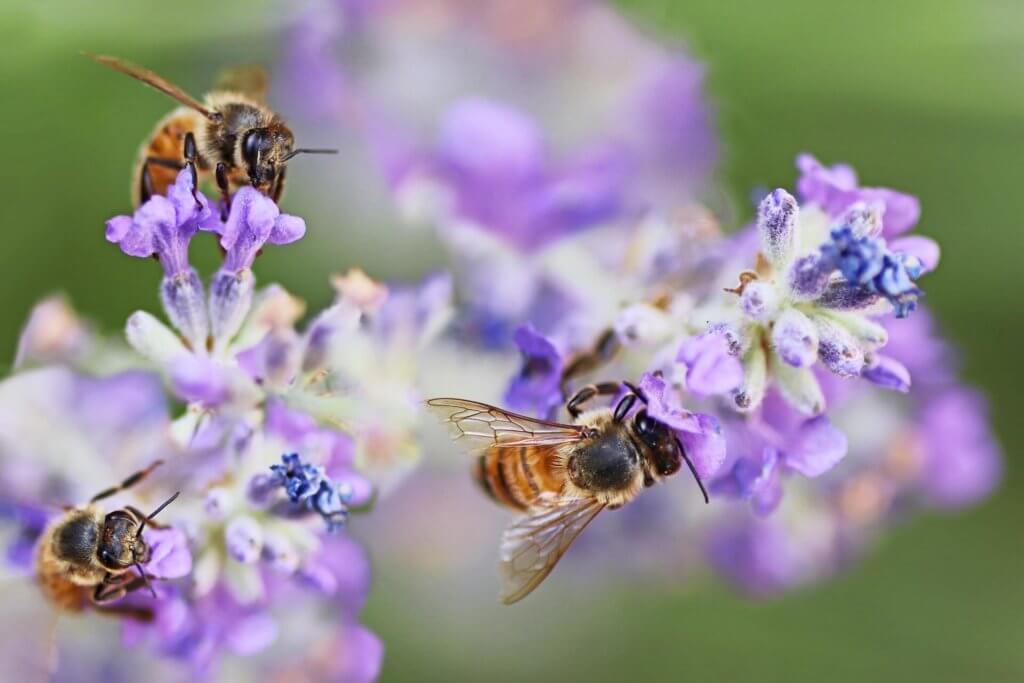
I can’t wait until my next conversation with Catherine. Until then, I’m heading out to buy a lavender plant and do my part towards keeping the bee population buzzing.
Do you have any tips or information on bees? We’d love to hear them!

